Teach me... please
mygarden_my_peace
18 years ago
Related Stories
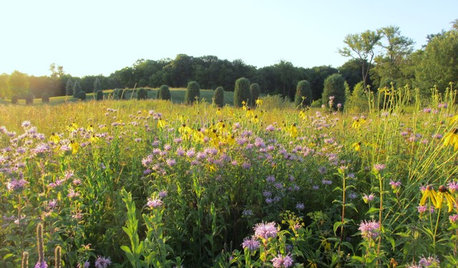
GARDENING GUIDESWhat Prairies Teach Us About Garden Design
Wild spaces offer lessons for home gardeners about plants, pollinators and the passage of time
Full Story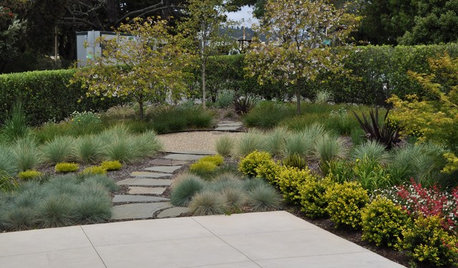
GARDENING AND LANDSCAPINGTeach Your Landscape Rhythm
Bring energy and movement to your landscape by applying this universal principle to your plant and paver designs
Full Story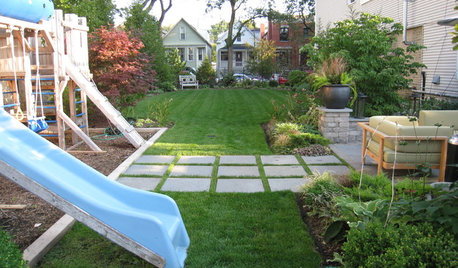
LIFE6 Tips for Teaching Your Kids to Be Good Neighbors
Everyone wins when your children learn to respect boundaries, get help when they need it and show others they care
Full Story
PETSWhat Chihuahuas Can Teach Us About Interior Design
Who knew these tiny dogs could be such a huge fount of design tips? Houzzers did
Full Story
ARCHITECTURE4 Things a Hurricane Teaches You About Good Design
When the power goes out, a home's design can be as important as packaged food and a hand-crank radio. See how from a firsthand account
Full Story
HOME TECHWhat Chipotle and Radiohead Can Teach Us About Sound Quality at Home
Contemporary designs filled with glass and concrete can be hostile environments for great sound quality. Here's how to fix that
Full Story
DECORATING GUIDESWhat Matisse Can Teach Us About Interior Design
Learn to pack a punch with decor inspired by one of the most influential artists of the 20th century
Full Story
BUDGETING YOUR PROJECTHouzz Call: What Did Your Kitchen Renovation Teach You About Budgeting?
Cost is often the biggest shocker in a home renovation project. Share your wisdom to help your fellow Houzzers
Full Story
DECORATING GUIDESTeach a Tansu New Tricks
Traditionally used for transporting treasures, the tansu is now a classic casegood in today's homes
Full StorySponsored
Columbus Design-Build, Kitchen & Bath Remodeling, Historic Renovations
More Discussions








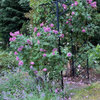
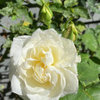
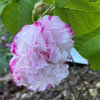
michaelg
roseleaf
Related Professionals
Edmond Landscape Architects & Landscape Designers · Vernon Hills Landscape Architects & Landscape Designers · Garden City Landscape Architects & Landscape Designers · Biloxi Landscape Contractors · Canton Landscape Contractors · Cupertino Landscape Contractors · Danvers Landscape Contractors · Fort Worth Landscape Contractors · Lake Saint Louis Landscape Contractors · Long Branch Landscape Contractors · Mashpee Landscape Contractors · Pleasanton Landscape Contractors · Post Falls Landscape Contractors · Red Oak Landscape Contractors · Ronkonkoma Landscape Contractorsseamommy